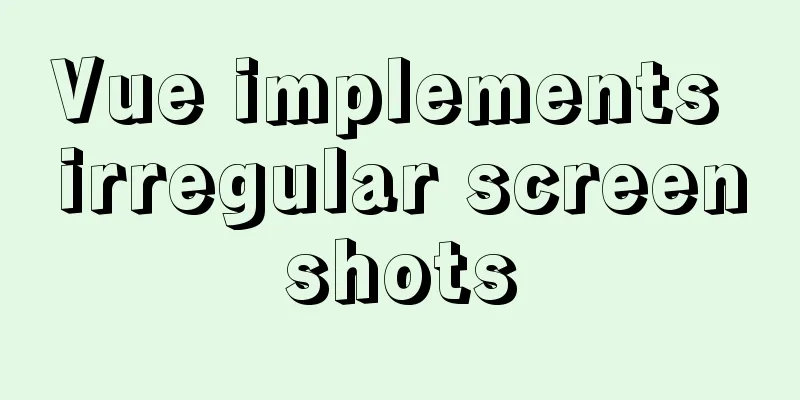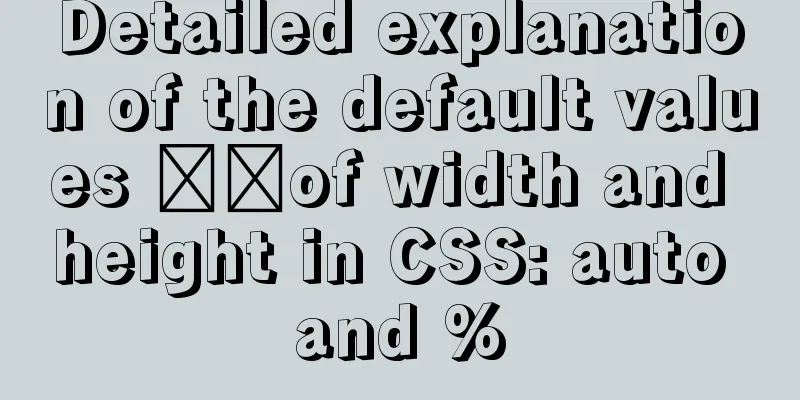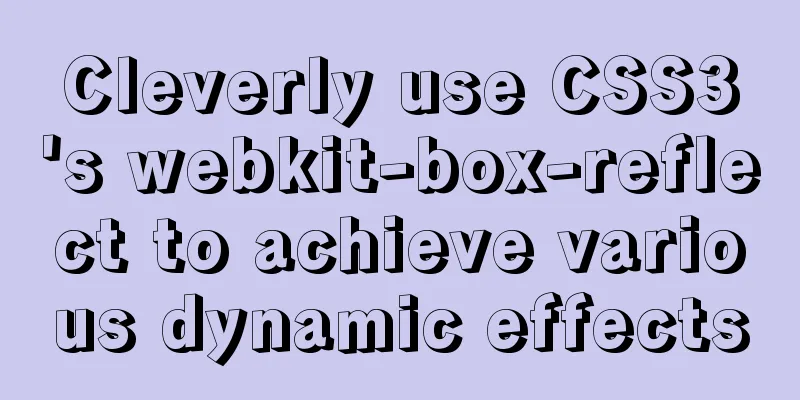Vue implements irregular screenshots

|
Most of what you have seen are regular screenshots, which can cope with most application scenarios. However, for image processing, if you want to hand over the rules to users, ordinary screenshots can no longer satisfy users. Then can we implement arbitrary regular capture of images on the front end? Let me discuss it together!
Image capture through svgUse the clipPath image tag in svg to capture images through id mapping and the coordinates of the dynamic position polygon
<div>
<div class="content" @mousemove="mousemove" @mouseup="(e) => {mouseup(e);}">
<!-- Canvas display -->
<svg
ref="blackSvg"
class="blackSvg"
xmlns="http://www.w3.org/2000/svg"
width="300"
height="300"
>
<defs>
<clipPath id="clippath">
<polygon :points="points"></polygon>
</clipPath>
</defs>
<image
xmlns:link="http://www.w3.org/1999/xlink"
href="https://ss2.bdstatic.com/70cFvnSh_Q1YnxGkpoWK1HF6hhy/it/u=3228549874,2173006364&fm=26&gp=0.jpg" rel="external nofollow"
width="300"
height="300"
preserveAspectRatio="none"
style="clip-path: url(#clippath)"
></image>
</svg>
<!-- Drag point -->
<ul class="interception">
<li
v-for="item in 4"
:ref="`li${item}`"
:key="item"
@mousedown="(e) => {mousedown(e, item);}"
></li>
</ul>
<!-- Base map display -->
<img
class="blackImge"
src="https://ss2.bdstatic.com/70cFvnSh_Q1YnxGkpoWK1HF6hhy/it/u=3228549874,2173006364&fm=26&gp=0.jpg"
alt=""
/>
<!-- Mask layer-->
<div class="blackDiv"></div>
</div>
</div>
CSS part
<style lang="sass">
.blackDiv
width: 100%
height: 100%
position: absolute
top: 0
z-index: 2
background: rgba(0,0,0, 1)
.content
width:300px
height:300px
text-align: left
position: relative
.blackSvg
position: absolute
top: 0
z-index: 3
.blackImage
position: absolute
top: 0
left: 0
width: 300px
height: 300px
.interception
list-style: none
position: absolute
top: 0
margin: 0
padding: 0
z-index: 3
>li
position: absolute
width: 10px
height: 10px
background: blue
border-radius: 50%
cursor: pointer
&:hover
transform: scale(1.2)
transition-duration: .2
>li:nth-child(1)
top: 10px
left: 10px
>li:nth-child(2)
top: 10px
left: 100px
>li:nth-child(3)
top: 100px
left: 100px
>li:nth-child(4)
top: 100px
left: 10px
</style>
<script>
export default {
name: 'Canvas',
data() {
return {
points: '0 0,300 0,300 300,0 300', // Image display initialization status: false,
index: 0,
disX: 0,
disY: 0,
coordinates: { // Initialize drag point 1: [0, 0],
2: [300, 0],
3: [300, 300],
4: [0, 300],
},
};
},
mounted() {
this.$nextTick(() => {
for (let key in this.coordinates) {
const left = this.coordinates[key][0];
const top = this.coordinates[key][1];
this.$refs[`li${key}`].style.left = `${left}px`;
this.$refs[`li${key}`].style.top = `${top}px`;
if (key == 2 || key == 3) {
this.$refs[`li${key}`].style.left = `${left - 10}px`;
}
if (key == 3 || key == 4) {
this.$refs[`li${key}`].style.top = `${top - 10}px`;
}
}
document.onmouseup = () => {
this.status = false;
};
});
},
methods: {
//Mouse down mousedown(e, index) {
this.status = true;
this.index = index;
this.disX = e.clientX - this.$refs[`li${index}`].offsetLeft;
this.disY = e.clientY - this.$refs[`li${index}`].offsetTop;
},
// Mouse up mouseup(e) {
this.status = false;
},
//Mouse movement mousemove(e) {
if (this.status) {
let left = e.clientX - this.disX;
let top = e.clientY - this.disY;
this.$refs[`li${this.index}`].style.left = `${left}px`;
this.$refs[`li${this.index}`].style.top = `${top}px`;
this.coordinates[this.index] = [left, top];
const pointsArr = [];
for (let item in this.coordinates) {
pointsArr.push(
Array.from(this.coordinates[item], (e) => {
return e + 5;
})
);
}
this.points = pointsArr.join(' ');
}
},
},
};
Effect picture display
Source code addressGitHub address --> github.com/lgxin/captu… The above is the detailed content of Vue's implementation of irregular screenshots. For more information about Vue's irregular screenshots, please pay attention to other related articles on 123WORDPRESS.COM! You may also be interested in:
|
<<: Detailed explanation of the role of static variables in MySQL
>>: Linux editing start, stop and restart springboot jar package script example
Recommend
JavaScript implements the drag slider puzzle verification function (html5, canvas)
introduction: Slider drag verification is now use...
What is COLLATE in MYSQL?
Preface Execute the show create table <tablena...
Docker installs and runs the rabbitmq example code
Pull the image: [mall@VM_0_7_centos ~]$ sudo dock...
A useful mobile scrolling plugin BetterScroll
Table of contents Make scrolling smoother BetterS...
Detailed tutorial on installation and configuration of MySql 5.7.17 winx64
1. Download the software 1. Go to the MySQL offic...
Virtual domain name configuration and test verification under Linux\Nginx environment
By using Nginx virtual domain name configuration,...
An example of implementing a simple infinite loop scrolling animation in Vue
This article mainly introduces an example of Vue ...
MySQL 5.6.27 Installation Tutorial under Linux
This article shares the installation tutorial of ...
In-depth understanding of the seven communication methods of Vue components
Table of contents 1. props/$emit Introduction Cod...
Implementation of comparison, sorting and other operations on varchar type dates in MySQL
When using MySQL, dates are generally stored in f...
mysql create database, add users, user authorization practical method
1. Create a MySQL database 1. Create database syn...
Vue implements the magnifying glass effect of tab switching
This article example shares the specific code of ...
Detailed explanation of the transition attribute of simple CSS animation
1. Understanding of transition attributes 1. The ...
Detailed explanation of when javascript scripts will be executed
JavaScript scripts can be embedded anywhere in HT...
Summary of bootstrap learning experience-css style design sharing
Due to the needs of the project, I plan to study ...











